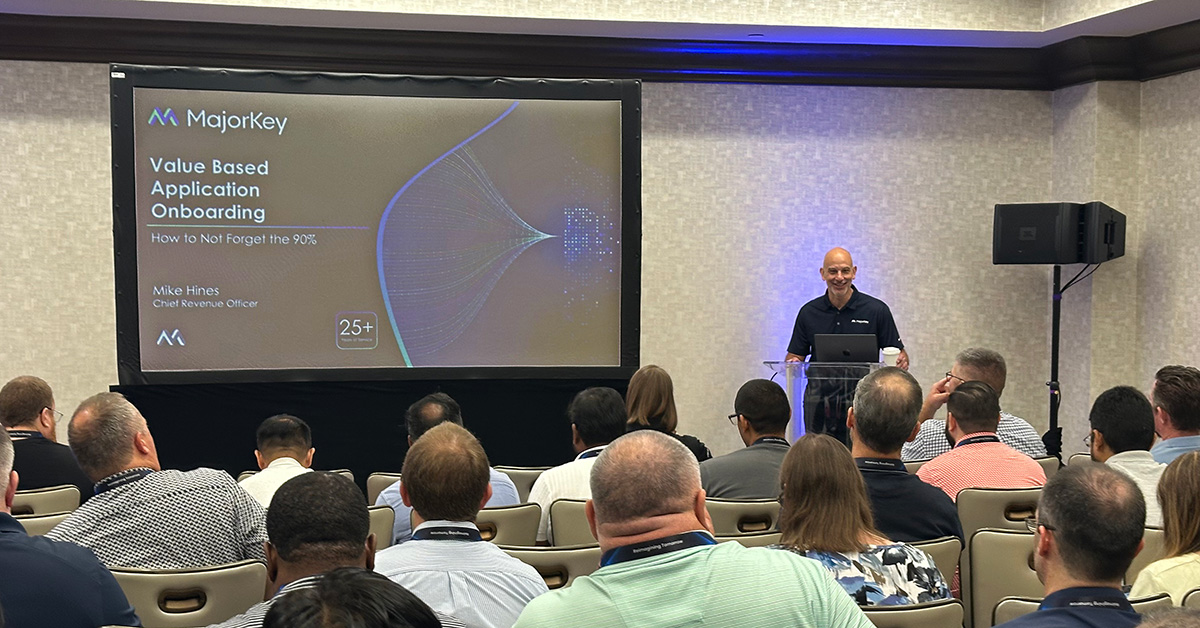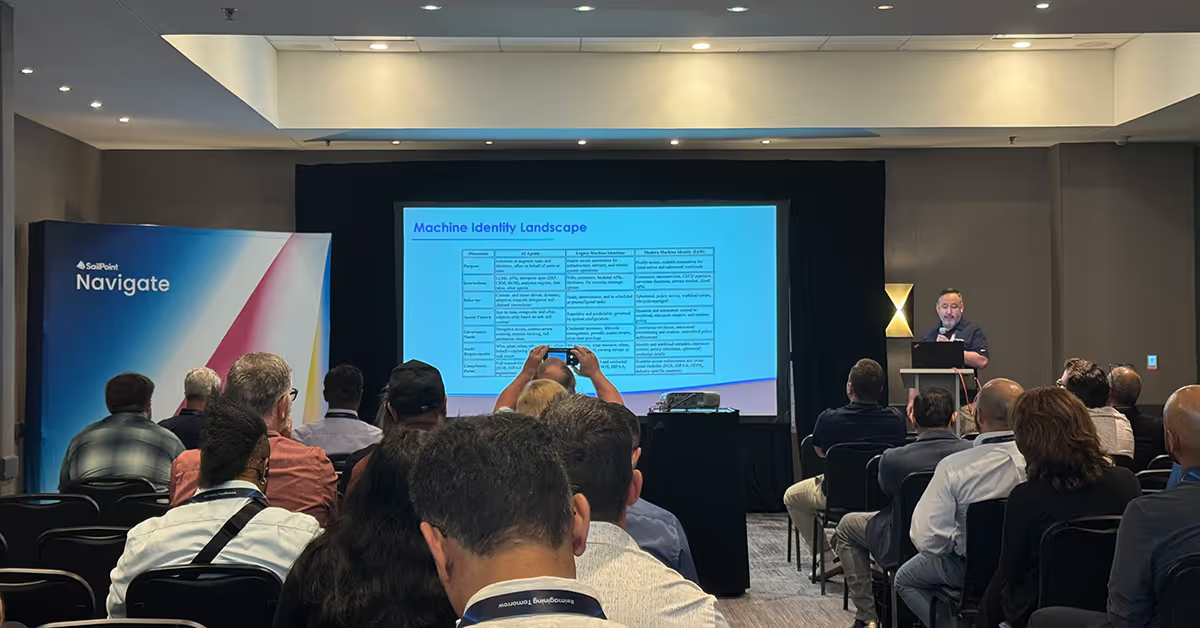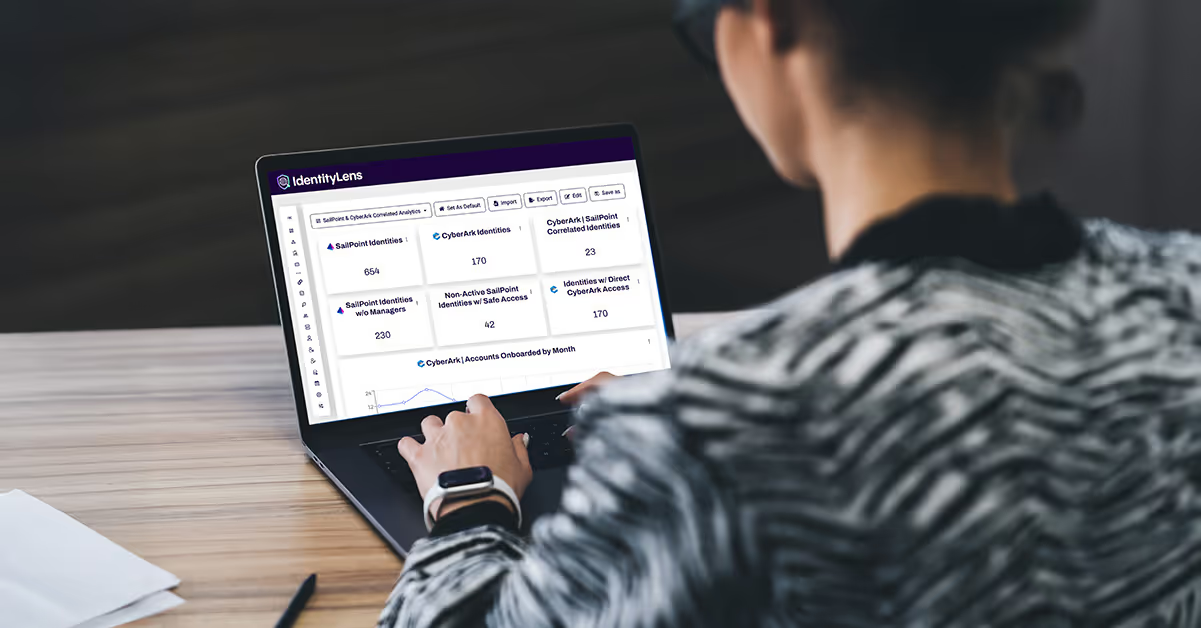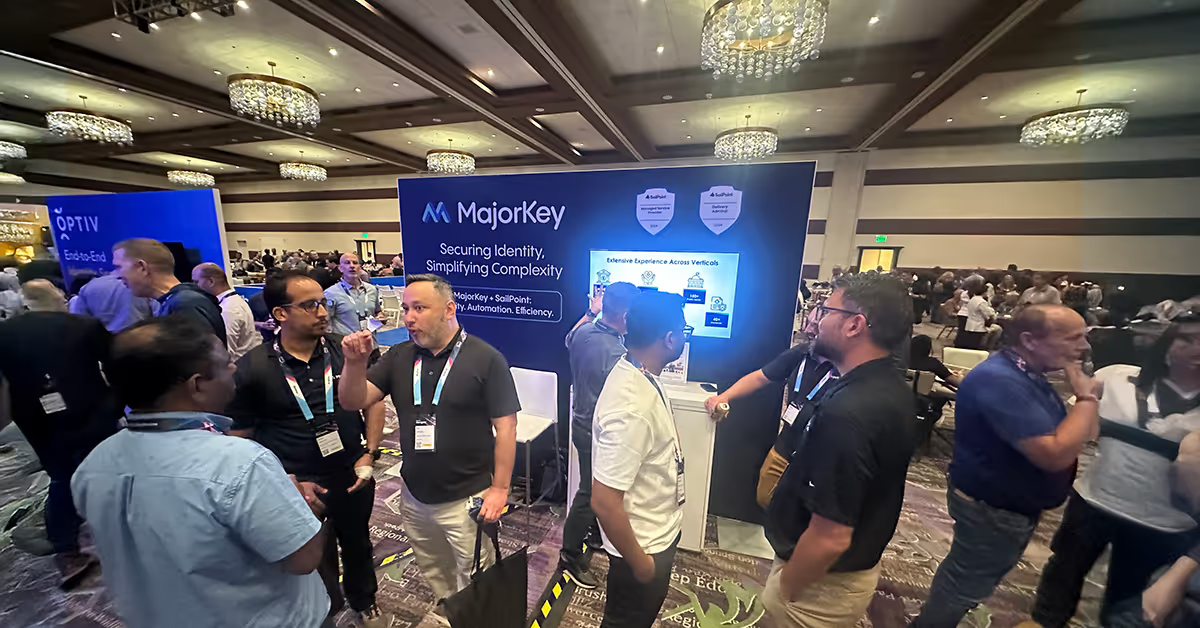7 Benefits of Zero Trust Security for Enterprise
October 27, 2021
|
Duration:
5
min READ

It’s widely known that the zero trust methodology is ahighly effective framework for IT security. Yet, what’s less widely known isthat implementing zero trust security hasadditional benefits for an enterprise beyond securing privileged data andresources. Here are seven of those benefits:
1. Seamless end-user experience and access.
Stricter security usually evokes employee visions of morebureaucracy, more difficult access and increased obstacles to getting workdone. But zero trust architecture is built upon a foundation of identity accessmanagement (IAM), and with that in place, end-users ultimately get astreamlined and easier experience.
Instead of signing in every time they need to access adifferent application, folder or data, single sign-on means that users onlyneed to sign in once to access everything that they have permission to access.Remote workers also no longer have to deal with unwieldy VPN setups or worryabout taking home a laptop or other enterprise-issued devices to complete theirwork. The result: easier workflows and improved productivity with the zerotrust model.
2. Simplified IT operations management and freed up ITstaff.
Zero trust architecture streamlines IT operations andalleviates pressure on IT staff, particularly when that staff is dealing with agrowing workload caused by the rise in remote work. Because zero trust securitycontinuously monitors and validates network connected devices, and sends alertswhen an issue arises, it alleviates the burden on IT departments by reducingthis workload.
Zero trust also eliminates help desk requests that pull ITteams away from business critical work, such as requests for help withforgotten passwords and application access issues. With those issues eliminatedor managed by the zero trust system, IT teams are freed up to focus on morecritical work.
3. Empowers digital transformation and enables adoptionof new technologies.
While zero trust is the ideal security model for anycloud-based enterprises, it works just as well for protecting on-premisesenterprises. In addition to better security, a zero trust security model alsoenables enterprises to more easily migrate to the cloud by having thearchitecture already in place.
Enterprises are empowered to leverage new technologies thatcan transform their business operations. They can adopt Software-as-a-Service(SaaS) and Infrastructure-as-a-Service (Iaas) platforms, introduce smartnetwork-connected devices to their operations, and choose from an array ofsolutions to match the enterprise’s particular needs.
4. Increased visibility and improved monitoring.
A zero trust architecture requires seeing andassessing everything on the network. Setting up that framework requires anumber of tasks: mapping the flow of sensitive data, implementing a decryptionsolution like TLS/SSL that provides complete visibility of network traffic,creating an inventory of devices and applications, and more.
With those visibility initiatives completed, enterpriseshave comprehensive visibility into the entire network and any connecteddevices, including those that conventional endpoint management systems do not.With automated detection and response as part of the zero trust architecture,enterprises are quicker to spot something amiss, while having the confidencethat they are accounting for all network activity.
5. Reduced costs of security and compliance initiatives.
Deploying a zero trust architecture does require upfrontinvestment, both in terms of tool and platform acquisition and the employeehours needed to get the system up and running. However, the subsequent increasein employee productivity and reduced burden on IT teams will realize costsavings in the long run.
In a Forrester Consulting study commissioned by Centrify, ITdecision makers reported that zero trust reduced security costs by 31 percent.Optimized hosting and management fees and reduced licensing costs forperimeter-based tools contribute to these savings.
6. Smart data segmentation and smarter regulatorycompliance overtime.
Moving from a perimeter-based security system to a zerotrust security model means being smarter about segmenting and isolating yourdata. Instead of one giant wall around everything, smart policies put dynamiccontrols around an enterprise’s data and applications. This increases securityby not allowing lateral movement inside the network, containing breaches to thesegmented section.
Data segmentation makes it easier to meet compliancerequirements, too. For example, an enterprise might have some data that fallsunder the Health Insurance Portability and Accountability Act (HIPAA). Policiescan be created to meet the requirements of that law and protect the associateddata without having to re-architect the whole network when compliancerequirements are only required for specific data.
7. Continuous compliance and streamlined security policycreation.
Instead of static security policies enacted on a grouplevel, zero trust security uses dynamic policies based on individual users anddevices. These adaptive zero trust policies based on data sensitivity, accesspatterns, users, devices and applications that enforce the “least privilege”methodology of zero trust can be automatically generated on a continuous,granular basis.
Ultimately, this leads to easier security policy creationthan traditional network segmentation approaches based on IP address, portnumbers and virtual local area networks (VLANs). Instead of simply creatingvirtual walls, zero trust architecture allows enterprise to identify what theyhave, and then determine while policies should apply, leading to a moremanageable policy implementation process.
Conclusion
Zero trust security was born out of the need for a bettersecurity methodology for today’s world. Yet this new methodology has alsouncovered ways in which enterprises can work more efficiently andcost-effectively, create a better experience for end users and IT teams alike,and create a foundation for digital transformation now and into the future
Authors
No items found.
No items found.
No items found.
No items found.
.svg)



















.svg)
